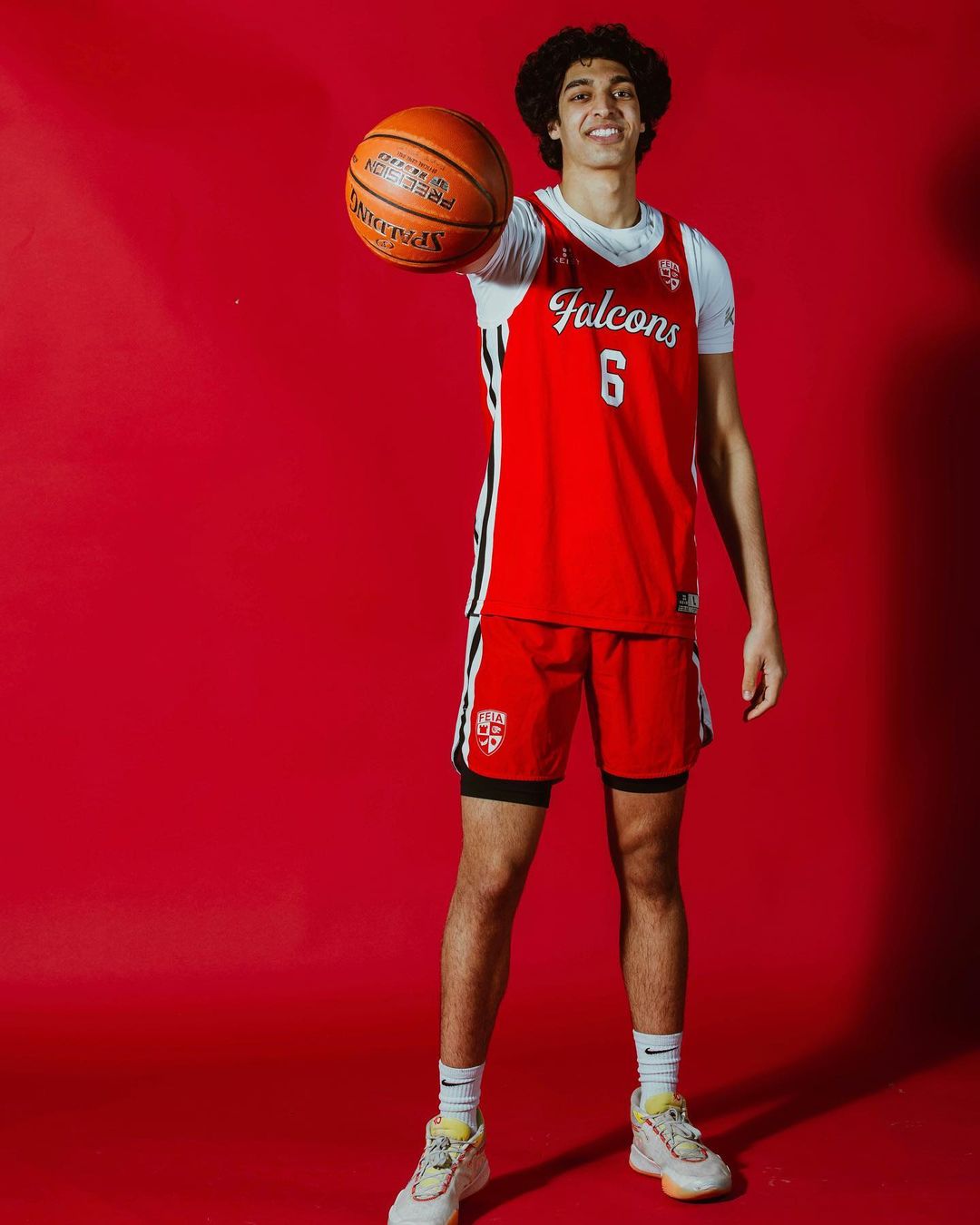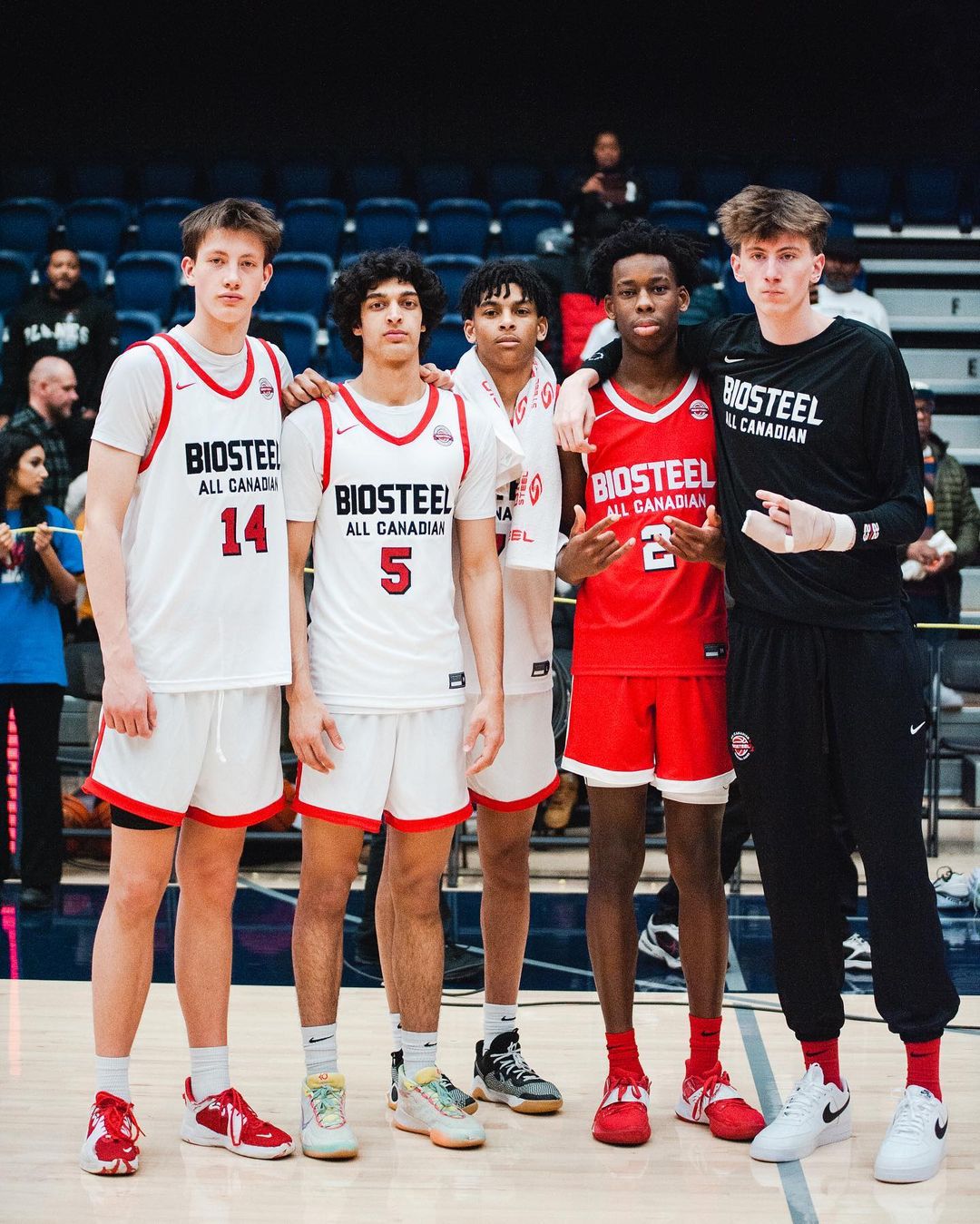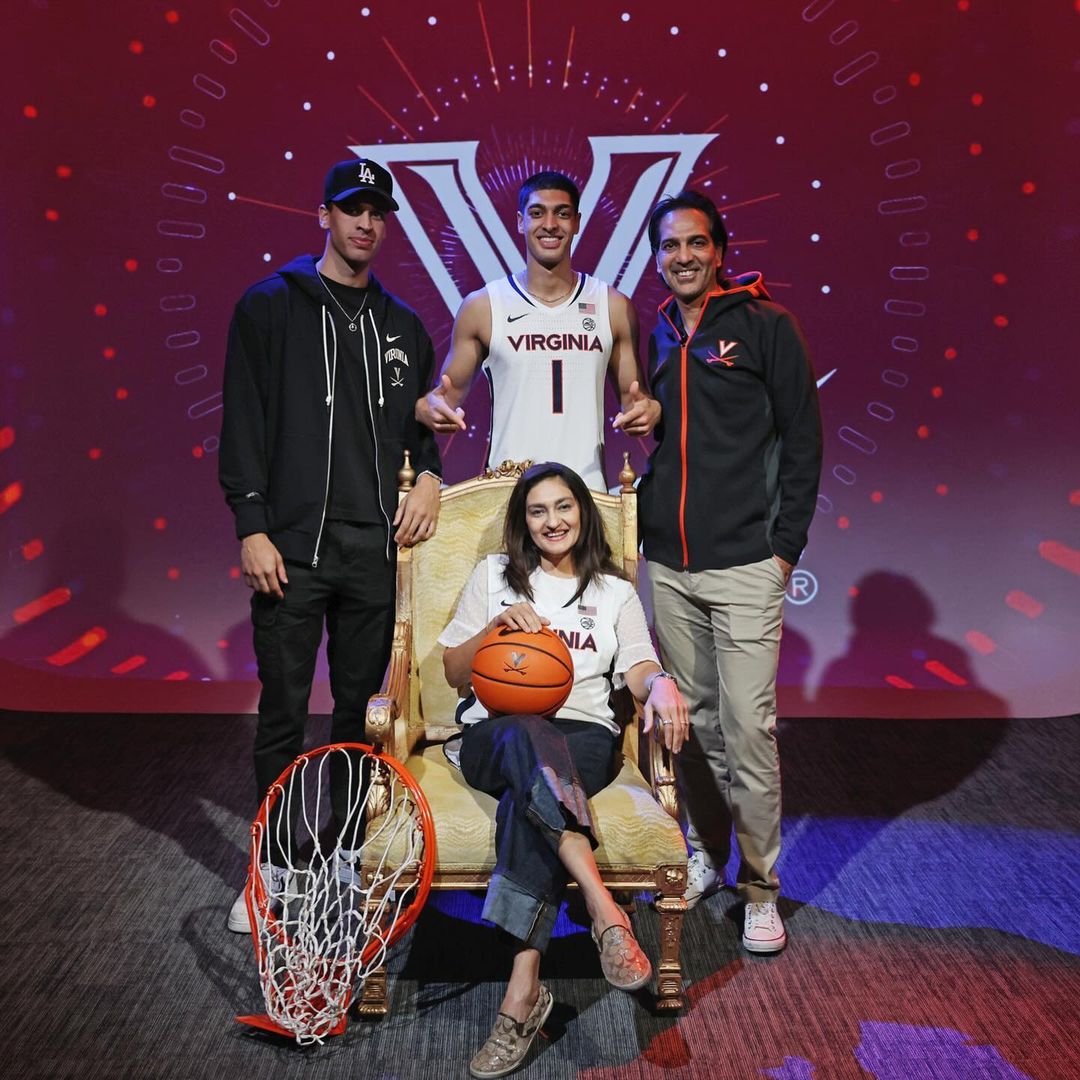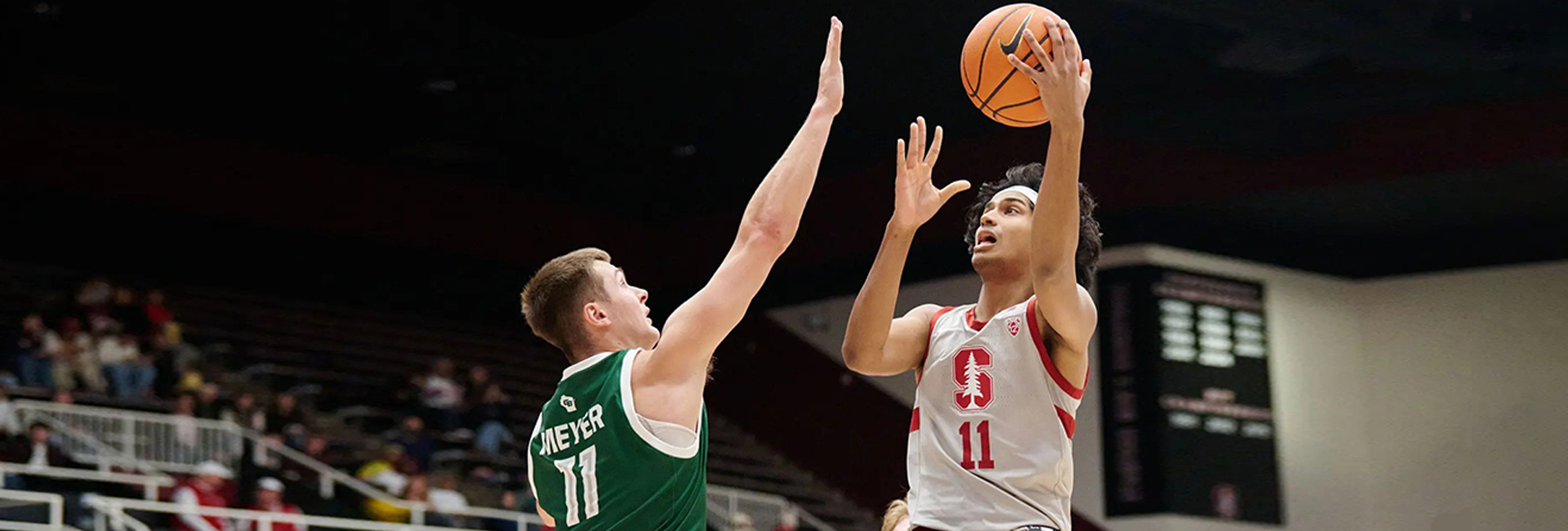(October 26, 2023) When he was just about four years old, his father bought him a ball. While he first played soccer with it for the first couple of days, the kid soon started playing basketball with his friends with the same ball. It was here that Ishan Sharma, an Indian Canadian basketball player, started his journey. And today, the 6’5″ player has a reputation as a dangerous perimeter shooter.
“I think my biggest strength is my ability to shoot the ball in catch-and-shoot situations, off-the-dribble situations, live-ball situations and also creating my shot when defenders overplay me,” the player said in a recent interview, adding, “I have a high IQ for the game, play with a lot of skill and feel which allows me to use ball screens as well and make decisions off being a primary ball handler or secondary ball handler and just making the right read every time I touch the ball. So those are my strengths.”

After winning several games for his team at the Fort Erie International Academy, and leading the Canadian team in FIBA tournaments, the star player is set to join the University of Virginia’s basketball team for 2024. “Everybody is really humble here and that really stood out to me,” said Ishan, talking about his selection, “I really see myself fitting in well, both on and off the court, and improving my game.”
Starting young
Ishan’s parents moved from India to Milton, Ontario in search of better opportunities. Growing up Ishan watched several matches – of various sports – with his father and brother, who is also a Canadian Elite Basketball League player. But the one sport that allured him the most was basketball. “I grew up watching a lot of Klay Thompson, Tyler Herro, Devin Booker, those kinds of 2-guards, and they’re really skilled. They really can shoot the ball and I kind of like watching them model my game after them, see what I can add, and all that kind of stuff,” the player said, adding, “I started playing basketball when I was around four or five years old. I played rec basketball for the first time when I was in third grade. I played for like the local team in Milton called Halton Basketball and from there I just worked really hard playing for them for a long time. Worked hard, but then COVID happened and I found my way to UPLAY and so through UPLAY, I got some exposure and I met some people who have helped me get to where I am today.”


Ishan with his team
While at school, the player started representing his country in the FIBA competitions. Talking about his biggest takeaways, Global Indian said, “Being able to represent that country is the utmost honour. It’s truly a privilege to represent where you’re from in your home country, but one of my biggest takeaways is that basketball has become a global game. It’s not just the US, it’s not just Canada, but everywhere in the world. You know, Africa, Europe, these places have really tough, physical, skilled guys who can do everything. So you know, we have to always stay locked in because it’s not just North America now, it’s a global game. So it just opened my eyes to the world of basketball that’s obviously grown.”
Goals ahead
With a good height and strong catch-and-shoot ability, the basketball player feels that his greatest strength is the off-the-dribble situation – which can help the University of Virginia win several matches in the forthcoming season. But, there are also several fields that the player is looking to work on going forward. “First of all, I’m trying to get stronger physically. And also work on my finishing package around the rim, finishing over taller defenders, finishing through contact and I feel like those two things will help me at the next level,” the player said.
A Rubik’s cube enthusiast, who also loves to play pool when he isn’t at a tournament, is very proud of his Indian heritage. “I take a huge pride in that because basketball’s not that big in India, yet, so I can represent my country in a sport that’s not very popular and maybe kids growing up that look up to me who are Indian or Canadian Indian, they can look up to me and see that these things are possible. I can work hard. I can be in a similar situation and I can do whatever I want. I don’t have to let my background, my race, my heritage, or my country affect the things that I want to do. So I take a lot of pride in that,” said the player after winning a match recently.


Ishan with his family
As he starts a new journey in his life, Ishan is looking to inspire the next generation through his game. “I would just want to be remembered as someone who used their platform to inspire upcoming players, especially young kids who are of Indian descent or South Asian descent who maybe look at me and see something that they want to do and see that it’s possible. So just inspiring those kids who really want to do something with basketball or with sports in general,” the player expressed.
- Follow Ishan Sharma on Instagram




